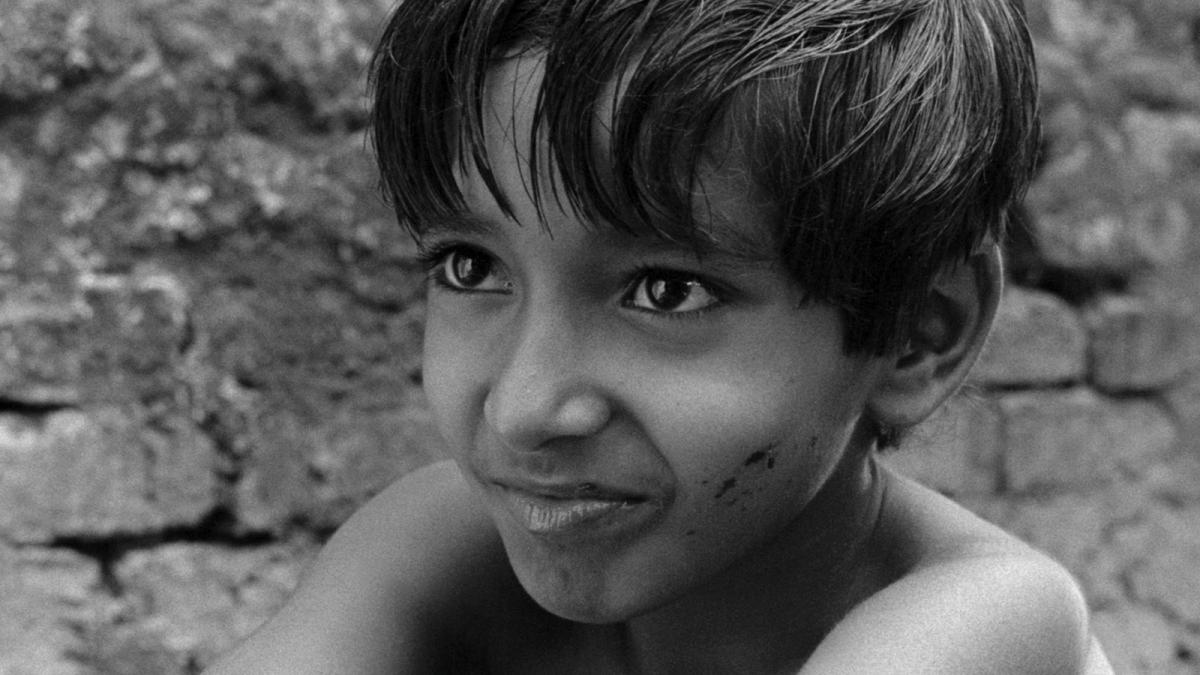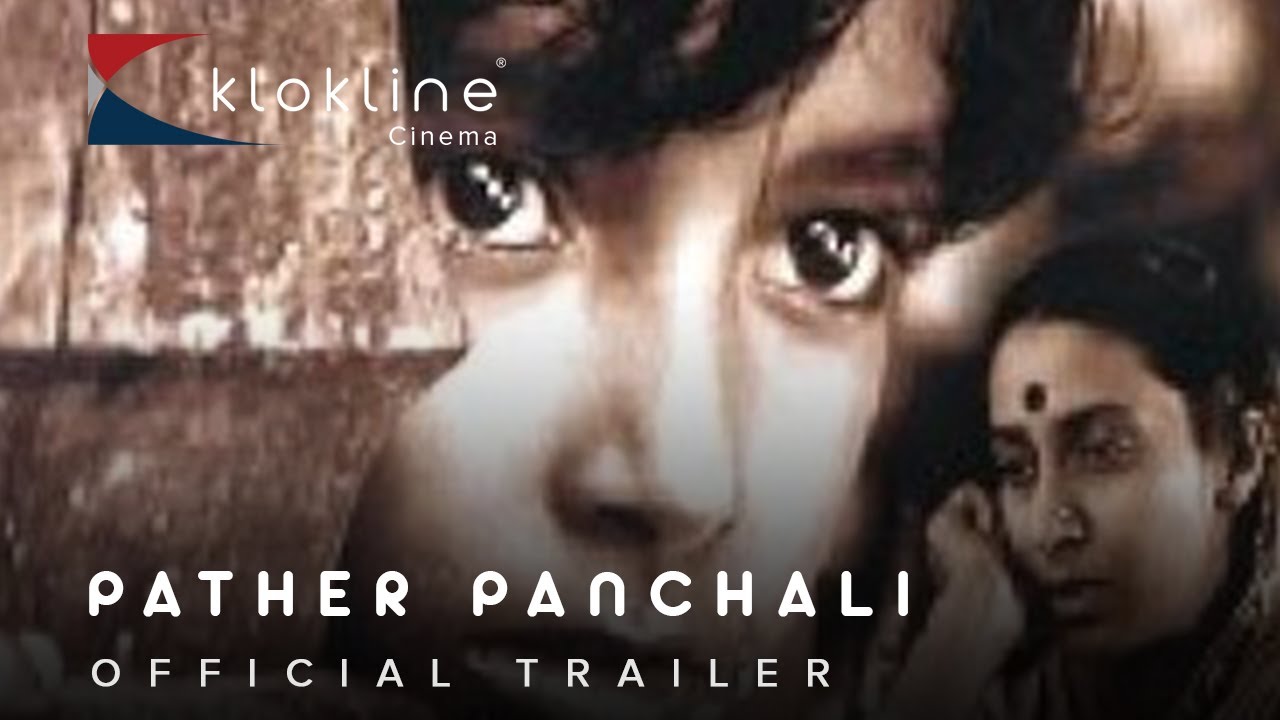Post-screening discussion led by Dana Stevens.
“It is most simple, most down to earth, and from the very heart. Specifically it is about India, but actually it is about everybody. The poetry of the film transcends its locality and speaks to us all.” Jonas Mekas, Village Voice
“Everything about PATHER PANCHALI points to the beautiful life of the human spirit.” - Frank Morriss
A depiction of rural Bengali life in a style inspired by Italian neorealism, this naturalistic but poetic evocation of a number of years in the life of a family introduces us to both little Apu and, just as essentially, the women who will help shape him: his independent older sister, Durga; his harried mother, Sarbajaya, who, with her husband away, must hold the family together; and his kindly and mischievous elderly “auntie,” Indir—vivid, multifaceted characters all. (Janus) Post-screening discussion led by Dana Stevens.
Why? Satyajit’s Ray’s classic—#35 on Sight & Sound’s most recent Greatest Films poll—was a major discovery during Filmspotting’s 2015 Marathon devoted to five films by the legendary Indian director. In 2022, co-host Josh Larsen ranked it among his Top 10 Greatest Films of All Time; co-host Adam Kempenaar ranked THE WORLD OF APU—the final film in the “Apu Trilogy”— among his Top 10.
Sold out! A first-come, first-served waitlist line will open one hour prior to the screening. Read full waitlist policy here.
Awards & Nominations
Winner - Best Human Document, Cannes Film Festival
Winner - OCIC Award - Special Mention, Cannes Film Festival
Nominee - Palme d'Or, Cannes Film Festival
Winner - Best Non-European Film, Bodil Awards
Nominee - Best Film, BAFTA Awards
Filmspotting Fest: Filmspotting, the popular Chicago-based film podcast featuring in-depth reviews, interviews and the show’s signature “Top 5” segment, will hold the first-ever Filmspotting Fest, a three-day, in-person film festival at the Music Box Theatre and Gene Siskel Film Center in celebration of the show’s landmark 20th anniversary. Read more
The Film Center is ADA accessible. This presentation will be projected without open captions. The theater is hearing-loop equipped. For accessibility requests, please email filmcenter@saic.edu



